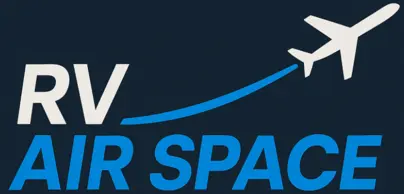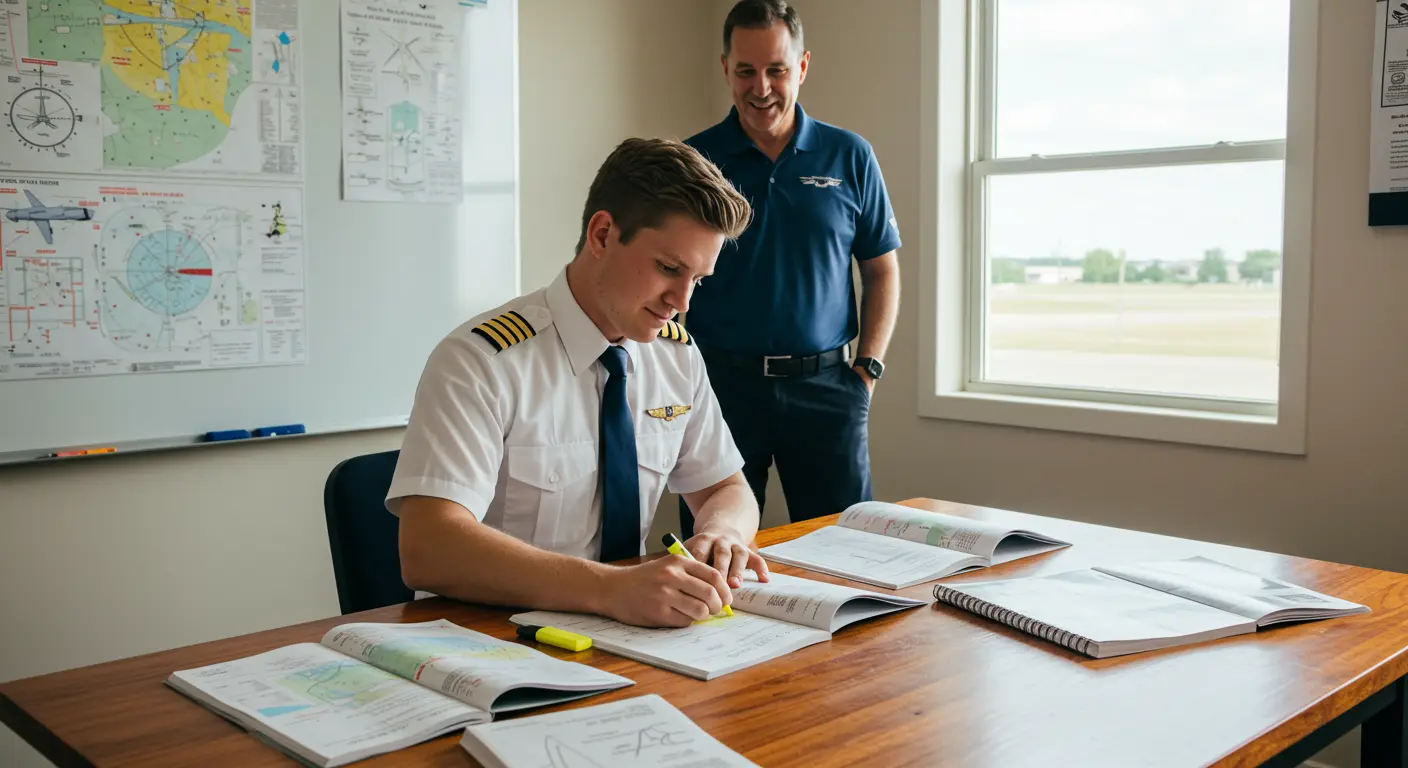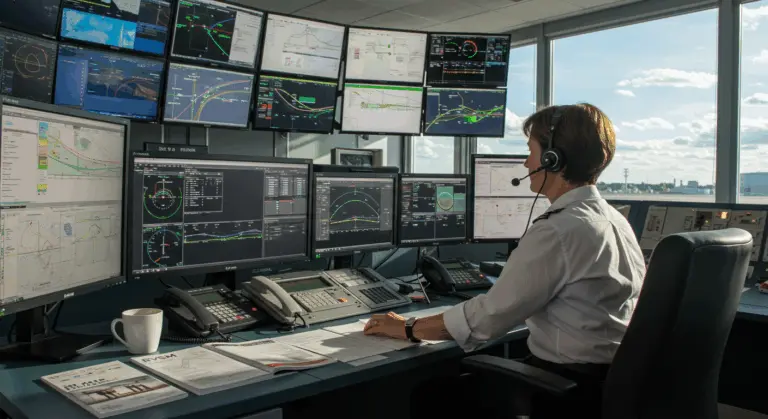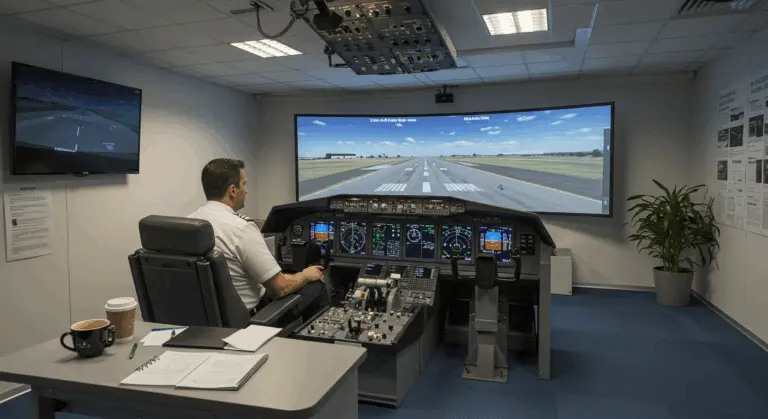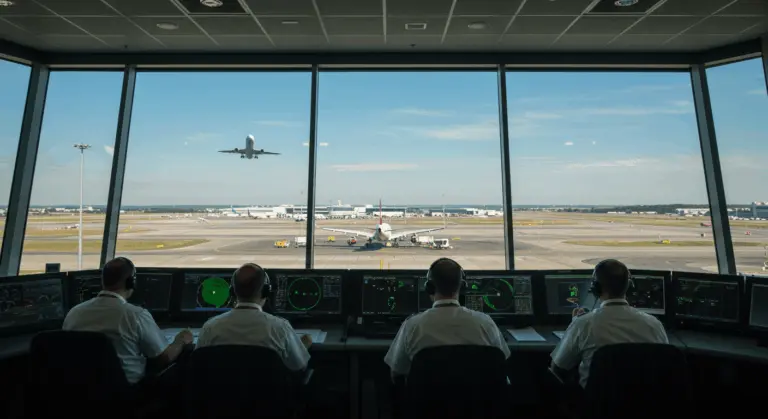Private Pilot Checkride Questions – What to Expect
Common Questions Asked During the Check ride
Examiners focus on fundamental areas to evaluate both your understanding of theory and practical decision-making skills. They’ll challenge you to articulate how you execute specific maneuvers—slow flight, steep turns, stalls—while explaining the aerodynamic forces at play. Come prepared to discuss typical pilot errors and your strategies for correction.
Emergency scenarios form another cornerstone of evaluation. You must describe your response to scenarios like engine failures, electrical malfunctions, or unexpected weather, showcasing your methodical adherence to the fundamental ‘aviate, navigate, communicate’ hierarchy. This includes making time-critical decisions like selecting emergency landing sites.
Weather and navigation questions test your ability to make sound go/no-go decisions. You’ll dissect weather data—Meters, Tags, area forecasts—and decode charts to pinpoint airspace boundaries, compute headings, and strategize diversions. The examiner tests your judgment through scenarios weaving together multiple variables: weather patterns, fuel constraints, and operational limitations.
Key Topics Covered in the Oral Exam
The oral examination covers the fundamental knowledge areas supporting aviation safety. Expect intensive questioning on safety protocols and regulatory frameworks, requiring mastery of:
-
Emergency protocols.
-
Required aircraft documents.
-
Pilot privileges and limitations under Part 61.
-
Airworthiness requirements and minimum equipment lists.
Aircraft systems and performance represent another critical area. You must showcase comprehensive understanding of:
VFR operations and airspace regulations complete the core examination areas. Anticipate probing questions on airspace classifications, entry protocols, weather minimums, and communication standards. Your sectional chart interpretation skills will be tested through integrated scenarios combining airspace complexities, weather considerations, and flight planning challenges—all designed to evaluate your go/no-go judgment.
Preparing for Your Private Pilot Check ride
Effective preparation combines thorough study with practical experience. Start by reviewing the Airman Certification Standards (ACS) to understand the evaluation criteria. Develop a targeted study strategy that addresses your weak spots. Use study aids like flashcards or mind maps for difficult topics.
Schedule a mock check ride with your instructor—one that mirrors actual test conditions—to identify areas needing work. This practice session should encompass both oral questioning and flight maneuvers, providing important feedback under realistic pressure. Consider study groups or conversations with recent graduates for fresh insights.
Your physical and mental state is just as important as technical knowledge. Prioritize adequate rest and organize all essential documents beforehand: logbook, medical certificate, photo ID, and application. This reduces last-minute anxiety. Familiarize yourself with the testing airport’s layout and procedures.
Flight Maneuvers to Master
Mastering essential flight maneuvers is essential for check ride success. Your examiner demands precise aircraft control within ACS parameters across maneuvers including:
-
Slow flight
-
Steep turns (45° left and right)
-
Power-on and power-off stalls
-
Emergency procedures
-
Ground reference maneuvers
-
Takeoffs and landings (short-field, soft-field, and normal)
Practice makes perfect in these maneuvers. Concentrate on clean entries, coordinated flight, and seamless recoveries. Talking through each step during practice reinforces proper sequencing while preparing you to articulate your actions to the examiner.
Simulator sessions provide affordable practice alongside actual flight training, while building skills cost-effectively. Simulators are especially valuable for practicing emergency procedures, The acquired skills translate seamlessly to real cockpit operations, strengthening your test-day confidence.
Mock Check ride Scenarios
Engaging in mock check rides with your instructor is one of the best ways to prepare. These simulations mirror authentic testing conditions, simultaneously building confidence and exposing specific weaknesses.
A complete practice check ride includes documentation review, comprehensive oral examination, and complete flight testing with all required maneuvers—all conducted with formal, evaluative rigor. Many students discover these practice sessions more challenging than the actual test. This thorough approach builds confidence.
Mock check ride feedback is extremely valuable. Use this feedback to create a targeted study plan for your final preparation days, focusing on weak spots. Completing at least two mock check rides can significantly increase your chances of first-attempt success.
Airspace Classifications Explained
Examiners demand comprehensive mastery of all six airspace classes (A-G). Prepare for practical scenarios—like plotting flights through multiple airspace types—and be ready to distinguish between ‘established communication’ (Class C) versus ‘clearance’ (Class B). Your sectional chart interpretation skills need to be precise for identifying boundaries and altitude restrictions.
Special use airspace—Restricted Areas, Moss—plus Temporary Flight Restrictions (TFRs) demand equal attention. Master the procedures for checking their status and the protocols for compliance. Examiners may also ask about equipment requirements, such as transponder use in a Mode C veil, and how to handle in-flight equipment failures.
Good chart reading skills are crucial for pinpointing airspace boundaries, controlling agencies, and communication protocols. Class G (uncontrolled) airspace deserves particular focus—its variable VFR weather minimums frequently appear in examinations. Scenario-based questions often integrate airspace knowledge with emergency procedures to test your aeronautical decision-making.
Final Tips for Success on Your Check ride
Approach check ride day with calm confidence. Nervousness is natural, but excessive anxiety undermines performance. Remember: the examiner wants to verify you meet the standards of a safe, competent pilot—not finding reasons to fail you.
Effective communication is essential. When questions seem unclear, seek clarification instead of making assumptions. When unsure, be honest—admit what you don’t know and identify your information source (FAR/AIM, for instance) rather than guessing. This demonstrates honesty and resourcefulness.
Pre-check ride preparation includes thorough logbook review for complete, accurate endorsements plus readiness to discuss recent flight experiences. Aircraft maintenance log familiarity is also important—examiners frequently test this knowledge.
Plan a final preparation flight 1–2 days beforehand to practice maneuvers and build confidence. Test day demands early arrival with meticulously organized documentation—professionalism and preparation make a strong first impression.
Keep in mind: mistakes don’t mean automatic failure. Your recognition and correction response is often more important. If you make an error:
-
Acknowledge it: Promptly admit the mistake.
-
Correct it: Take appropriate corrective action.
-
Communicate: Inform the examiner of your awareness and correction.
This approach demonstrates the self-assessment and risk management skills essential for a safe pilot.
Post-Check ride Considerations
Your check ride marks a beginning, not an ending—your learning continues. Invest time in thorough examiner feedback review—it provides important guidance for your ongoing pilot development.
Proficiency maintenance becomes your immediate priority. Though FAA mandates biennial flight reviews, establish personal currency standards exceeding regulatory minimums. Plan your initial solo flights conservatively to build experience gradually.
Your fresh certificate opens up many aviation opportunities. Pilot organizations—AOPA, EAA—offer community connection and continuing education resources to consider. Setting post-certification goals helps maintain motivation.
You can advance further with additional ratings aligned with your aviation aspirations. Instrument rating is the natural next step, dramatically expanding both capabilities and safety margins. Other popular options include:
-
Complex aircraft endorsements
-
High-performance aircraft qualifications
-
Tail wheel endorsements
Take seriously the responsibility accompanying your new certificate. Establish personal minimums that exceed regulatory requirements while committing to lifelong learning. Consider your check ride not as a final examination, but as the opening chapter in a career-long journey of continuous improvement.
